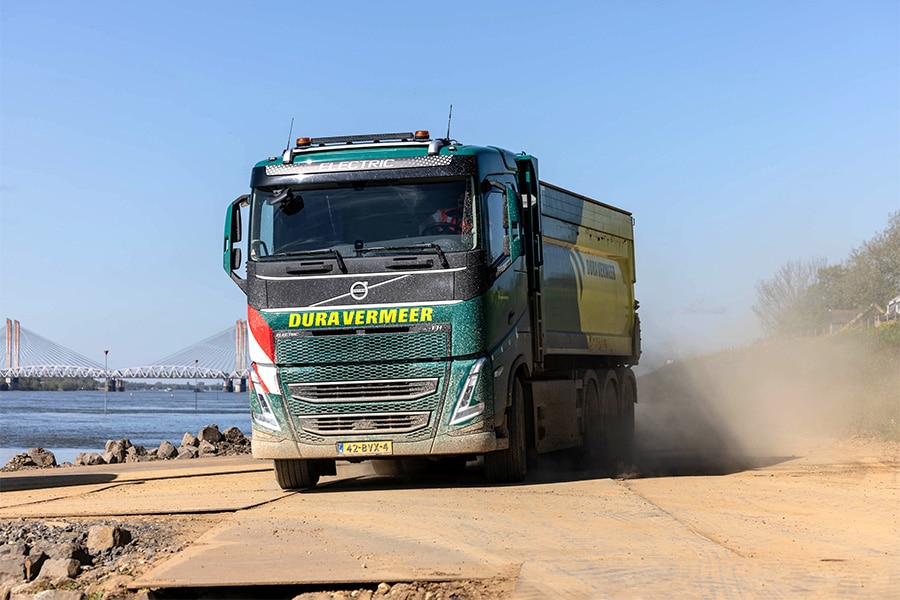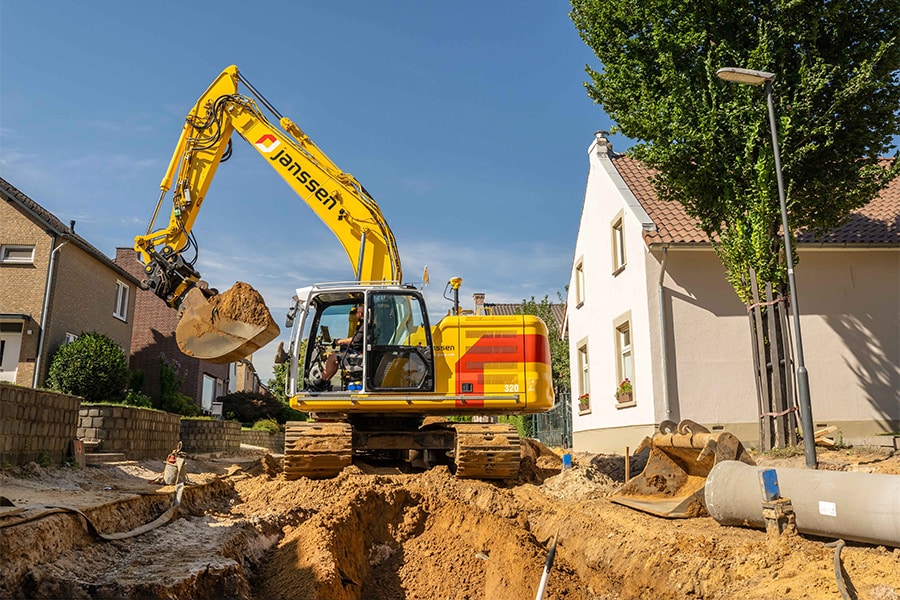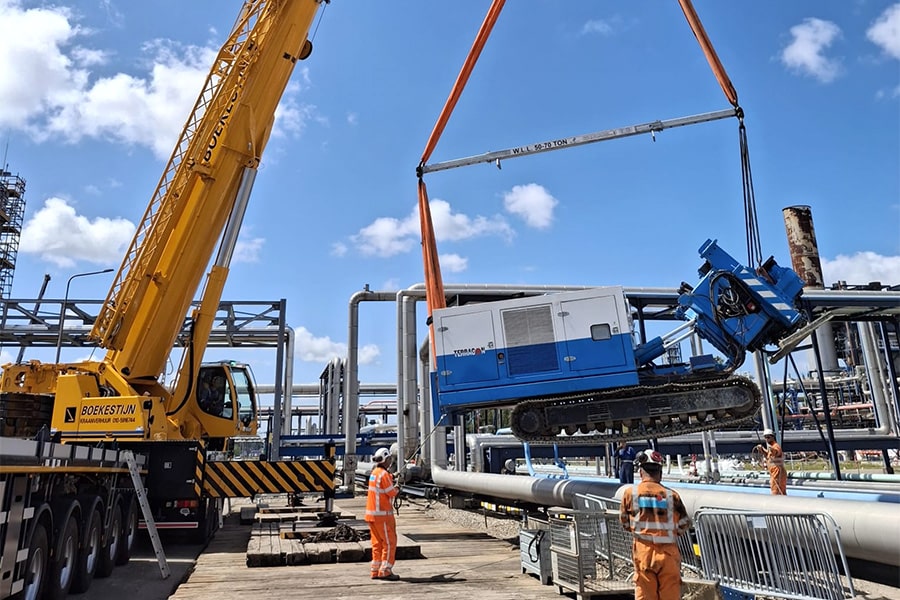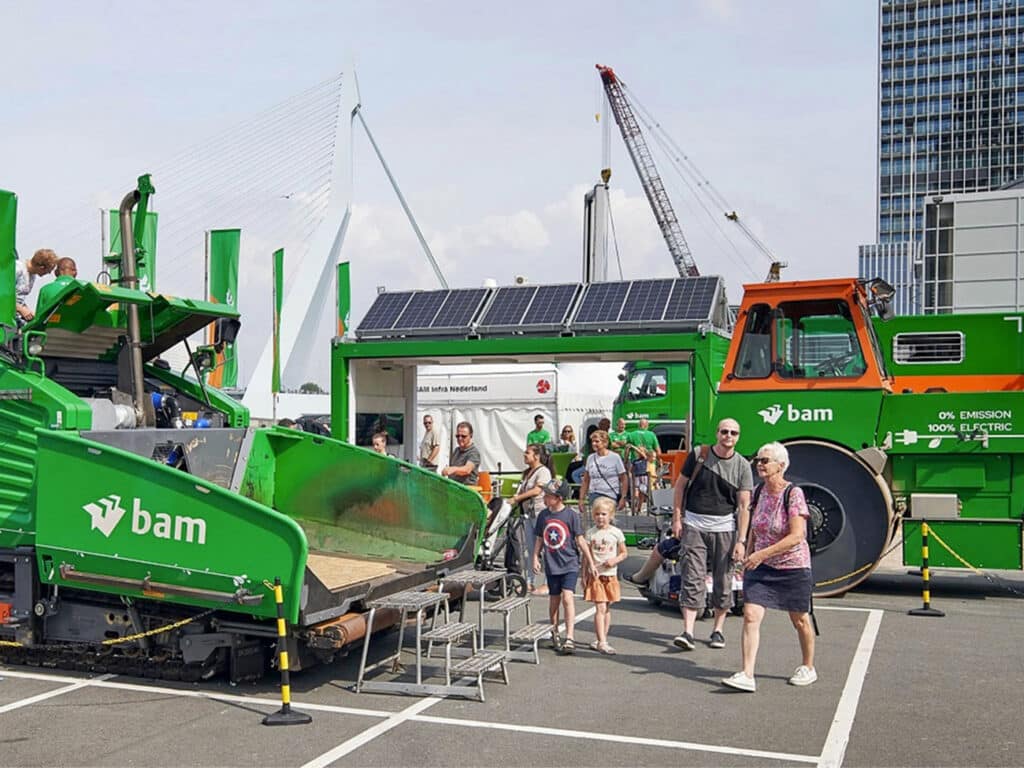
After electric, it is now hydrogen's turn
Hydrogen machines increasingly finding their way to construction site
With the help of Accenda, Mourik converted a Liebherr R926 into the world's first deployable hydrogen-powered crawler excavator. Now, exactly one year later, the world looks completely different because of the war in Ukraine. Especially in the energy field, this has had gigantic consequences, because for the first time in history the price of diesel towers over that of gasoline and the price of electricity has risen - even for wholesale customers - by a factor of 3 to 4. Inflation is also historically high, as it reached 13.7 and 17.1% in August and September, respectively, according to CBS! Not exactly a climate to invest or innovate in, but fortunately not everyone thinks the same.
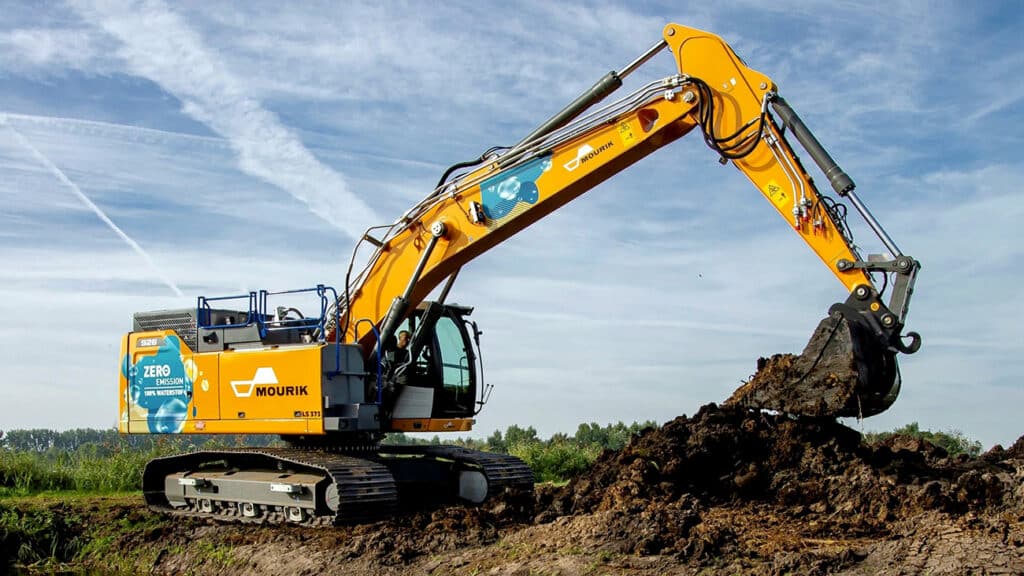
Nice example
Following the example of electric equipment, machines with a fuel cell are now making their appearance on construction projects in the Netherlands. A good example is BAM Infra's brand new asphalt paver, which was festively presented to employees and business associates at the beginning of September. The company also took a battery-electric Vögele finisher into service earlier this year. In the context of emission-free work, BAM worked with Koninklijke van Twist of Dordrecht to convert a diesel-powered asphalt spreader into a machine that runs on hydrogen.
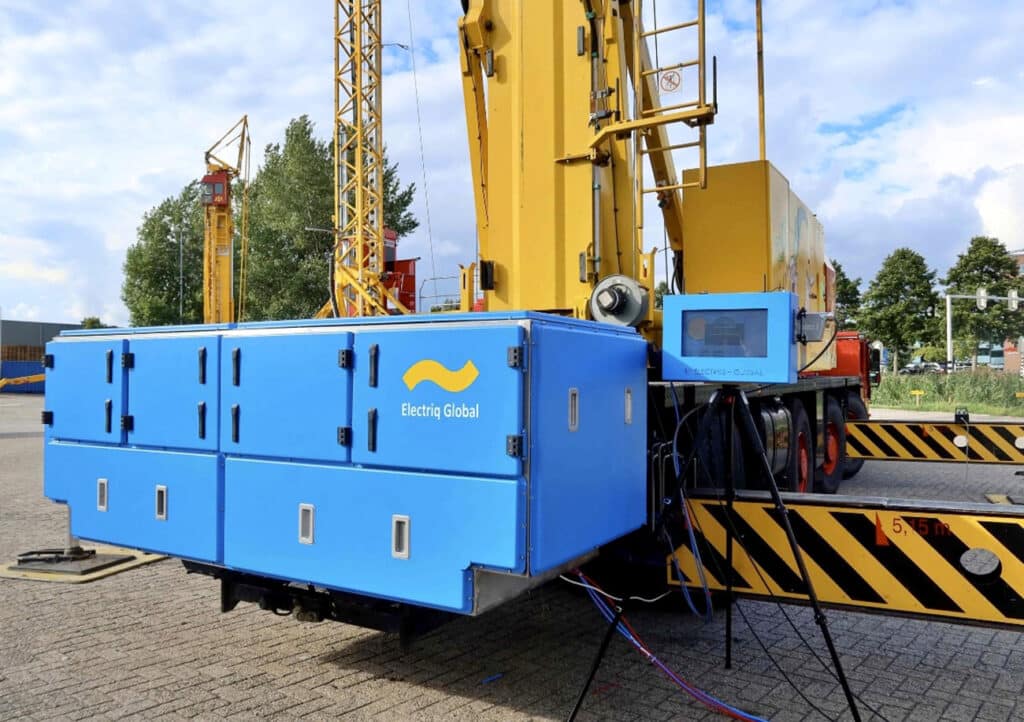
A complex fuel cell is commonly used for hydrogen. In this particular case, a hydrogen combustion engine was chosen. Here - unlike the fuel cell - the quality of hydrogen is not important. The asphalt spreader can therefore run on any quality of hydrogen. As a result, savings can be made on cleaning during hydrogen production and there is even the possibility of using residual streams of hydrogen as fuel. By using this emission-free machine, BAM expects to save about 150 liters of diesel per working day (8 hours), representing a reduction of over 80.4 tons of CO2 emissions on an annual basis. Another advantage is that the hydrogen tank can be refilled in ten to fifteen minutes.
Green hydrogen
Provided that so-called green hydrogen is used for this purpose, we are talking about 100% CO2 reduction. In fact, the same applies to electric machines running on self-generated green electricity from, for example, solar panels, wind turbines or formic acid. The goal for the construction industry is still to achieve 60% nitrogen reduction by 2030. To accelerate that transition, several avenues need to be explored. Hydrogen technology offers several advantages in this regard, including that the system is typically lighter than battery electric propulsion. And everyone knows that weight is often of great importance in construction. Furthermore, hydrogen refueling is faster than interim battery charging, and construction power is not yet available on many projects. Especially with fuel cell technology, the cost aspect remains a weak point. Generating power costs twice as much energy on average, so in principle twice as many solar panels or wind turbines are also needed.
Hydrogen is still developing as a fuel technology. Take Van Twist's hydrogen combustion engine as an example. Or hydrogen powder instead of -liquid, which can tackle the danger of on-site high-pressure refueling. Instead, Electriq Global has developed 250-gram tablets as a safe alternative. These can be stored for years without energy loss, and after use the powder can be recharged without external energy, heat or pressure, allowing for endless reuse. Electriq Global presented the world's first hydrogen powder-powered generator at crane rental company RKB in Ridderkerk in mid-September. This Joshua has an output of 8 kW/80 kWh, which means it can be operated for up to 10 hours at full capacity on 5 kilograms of hydrogen. According to the Israeli company, powdered hydrogen is a new scalable energy source that can support the global energy transition and will greatly reduce the barriers to using hydrogen as a fuel.
Entire value chain
According to William van Niekerk, president of the NWBA (Dutch Hydrogen and Fuel Cell Association), the energy transition is a systems issue. It involves the entire value chain. "We often think of hydrogen in terms of one element, such as production, transport, storage or application. My belief is that the hydrogen economy will only be successful if you think about the whole chain. The moment we manage to connect everything together properly, you get real breakthroughs. Once all those partial innovations interact, you make a much bigger leap. Price-wise, hydrogen is already competitive with battery-electric. We can improve it even further by creating many more hydrogen filling points. Because the stretch is almost gone with electric charging and charging speeds, while that is far from being true for hydrogen refilling points. But then we need many more users."
Heeft u vragen over dit artikel, project of product?
Neem dan rechtstreeks contact op met Mourik.
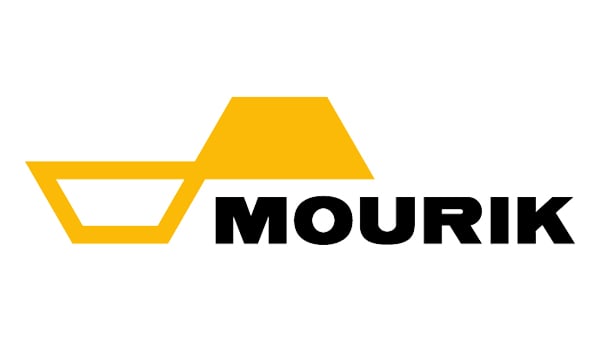 Contact opnemen
Contact opnemen

